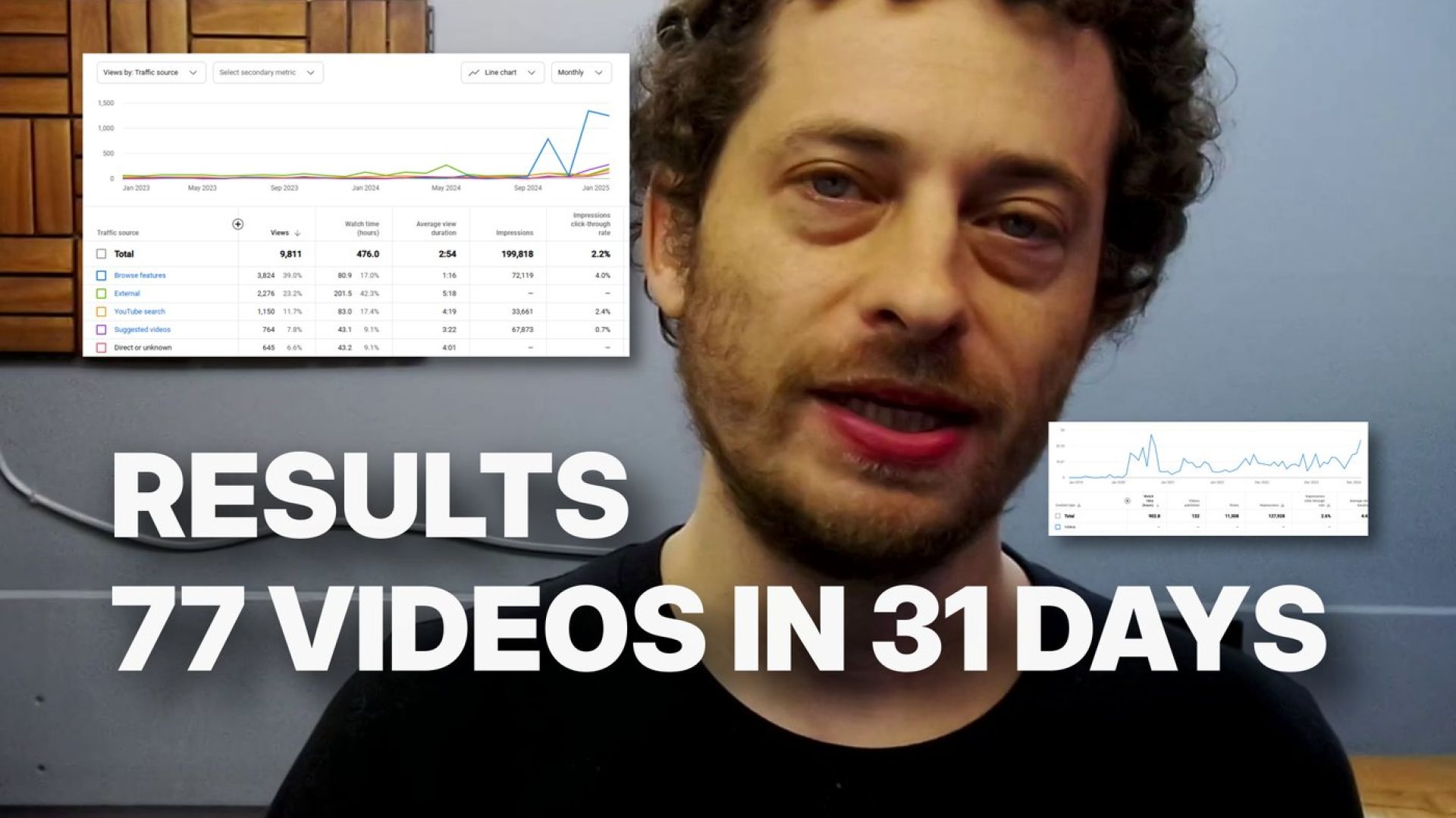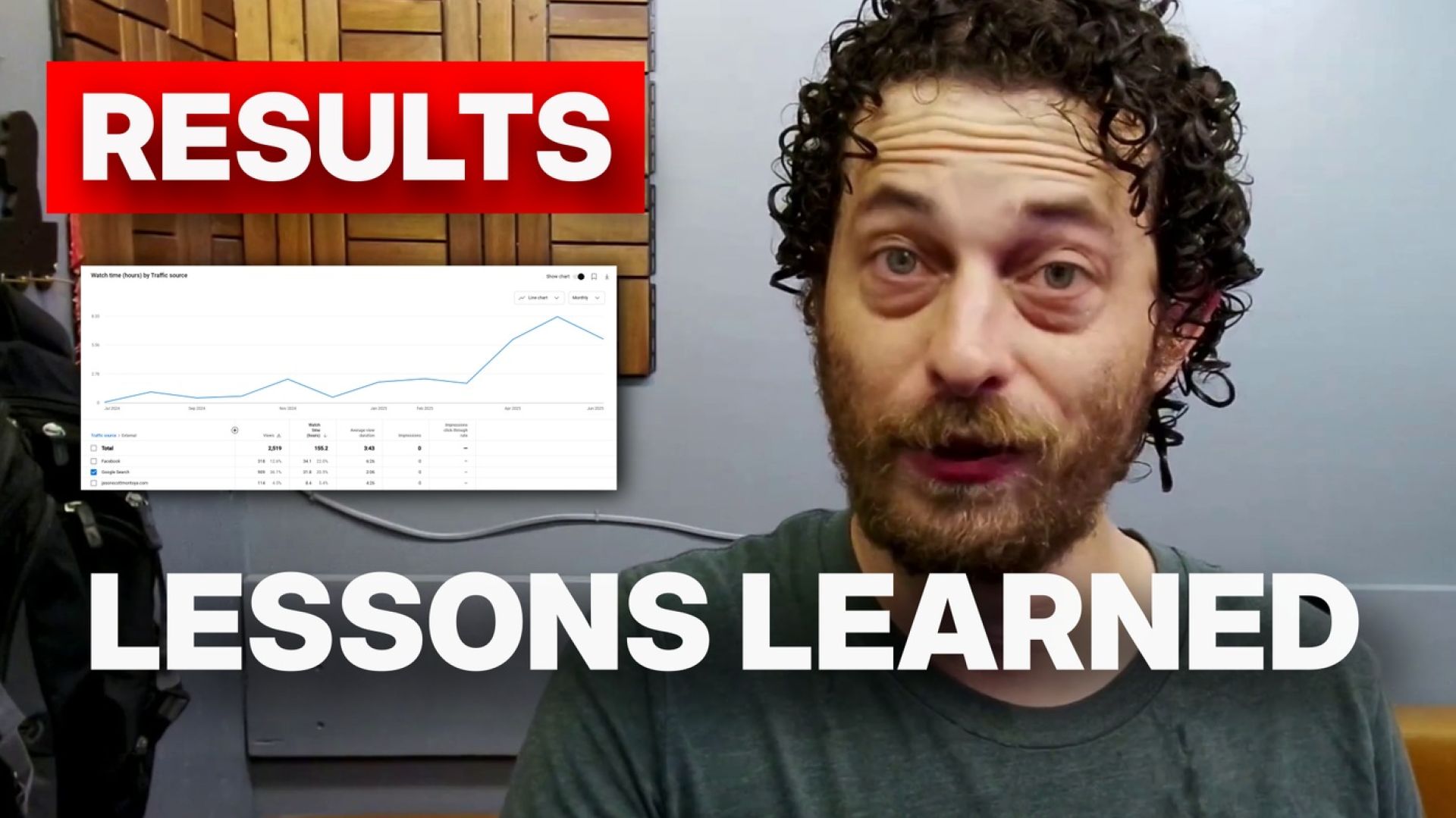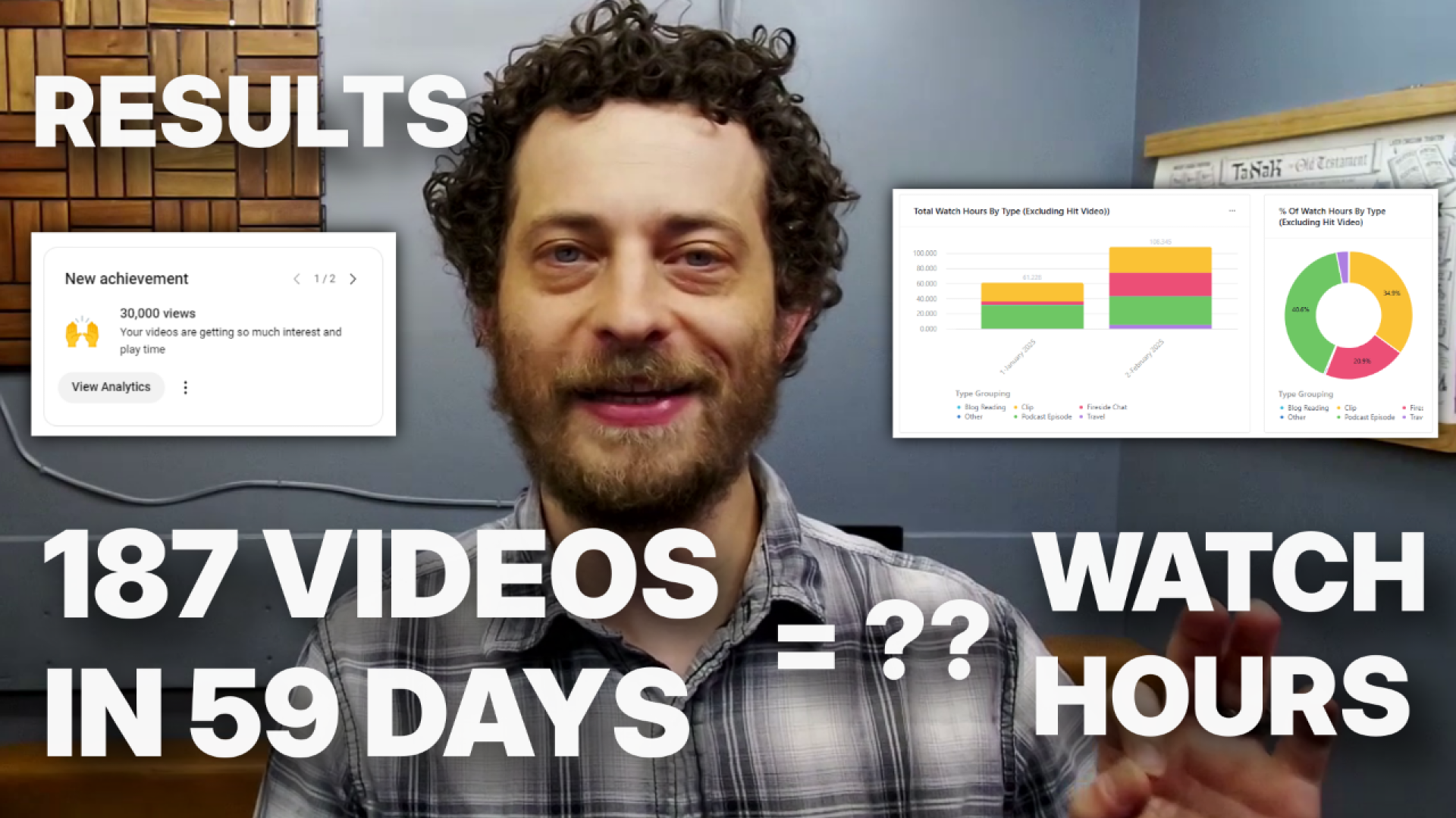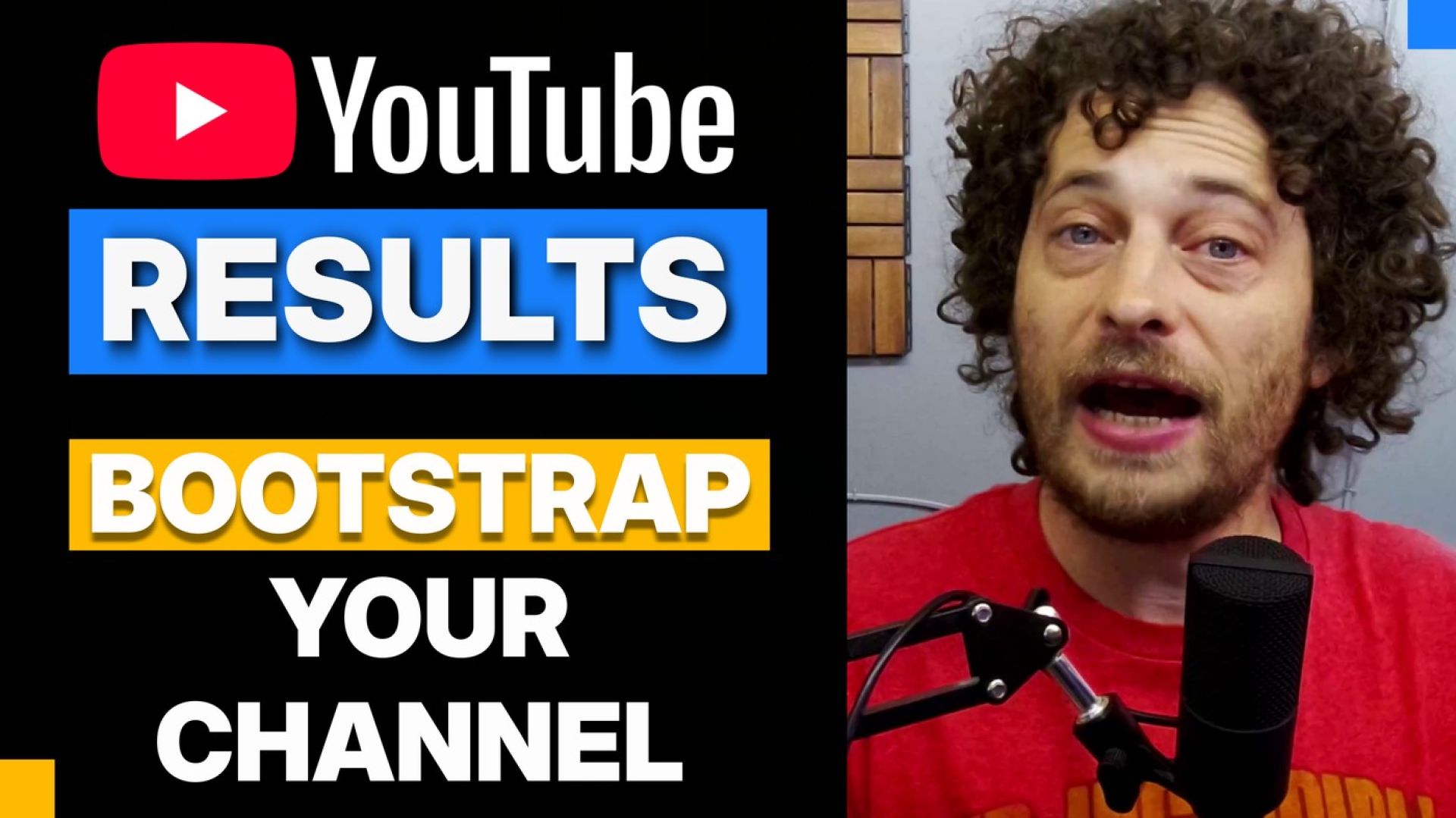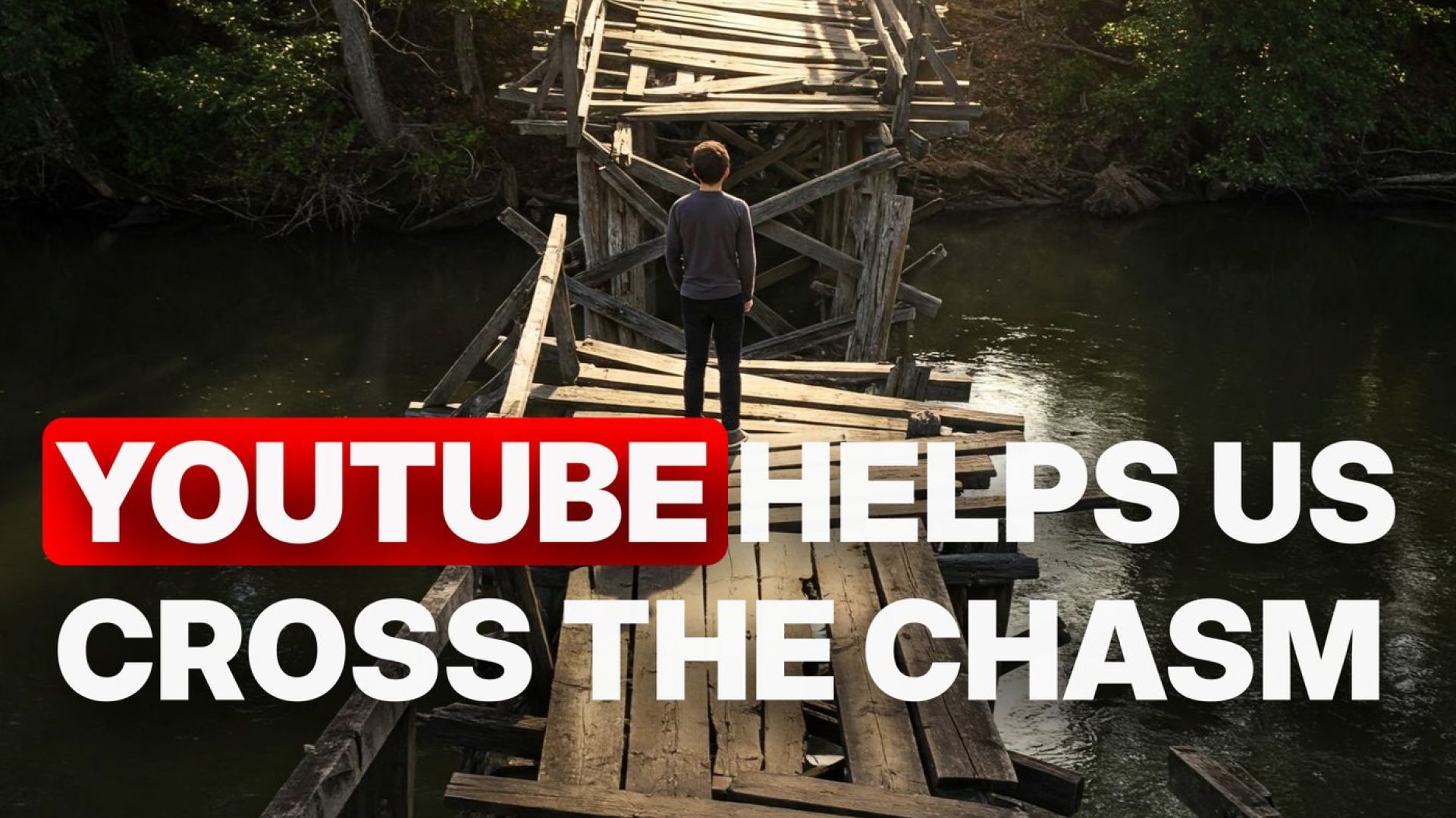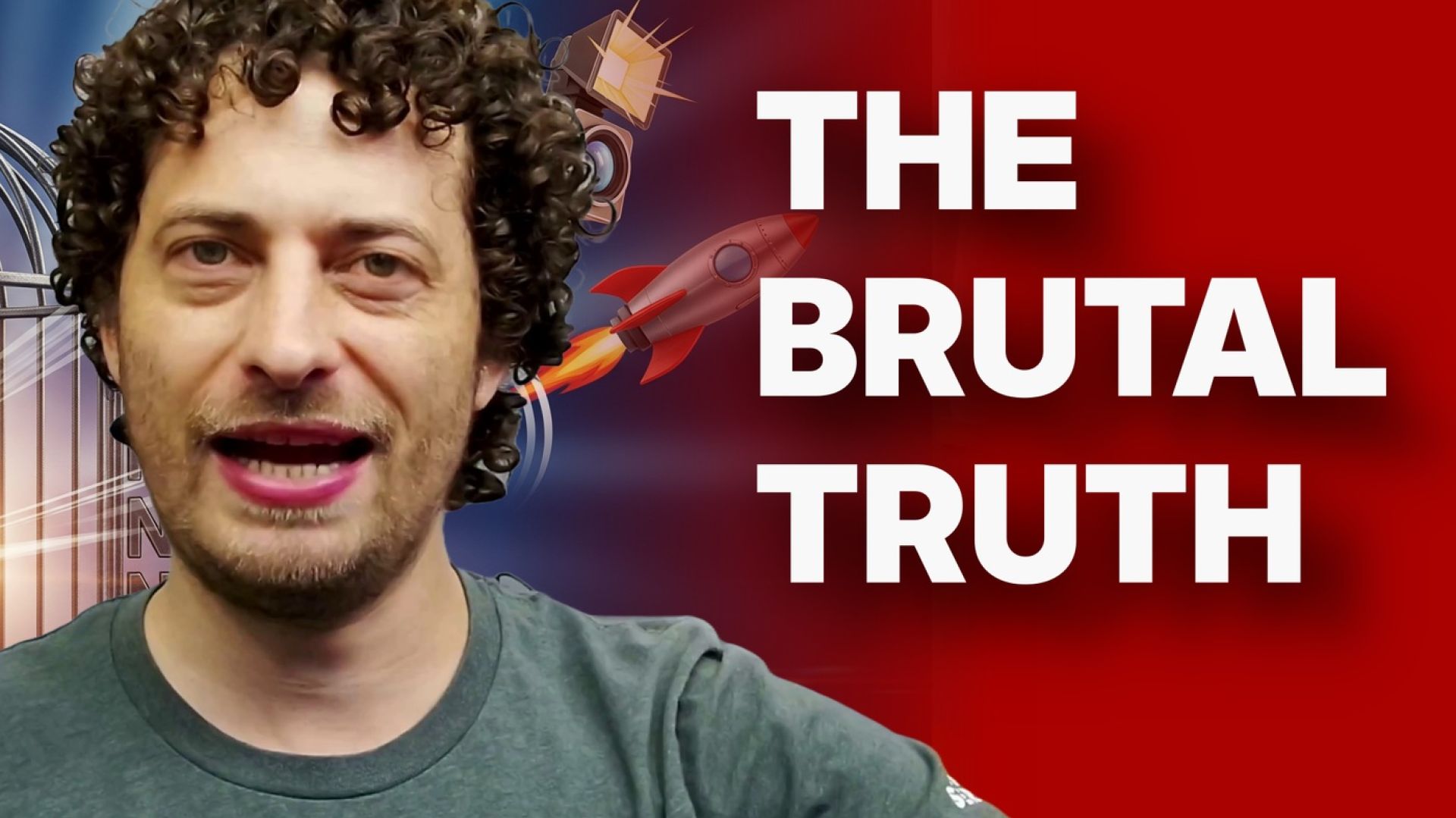
I Published 26 Videos in 31 Days. Here's What Happened. 355 Subscribers. August 2025 YouTube Analytics Video
After getting a drop in watch hours and activity, I finally found the sweet spot number of videos to publish to maximize my watch hours, and now I'm back in business!

In this post, we're going to dive into the progress I've made, how I made it, and the YouTube lessons learned on the journey so far.
For those of you new to my YouTube channel, a few quick updates. In January of this year, I got serious about YouTube and have been learning the ropes so I can get monetized. I had 68 subscribers and, as of recording this video, am at 355 subscribers.
Watch Hours & Ideal Number of Monthly Videos
Last month, I published 26 videos. Let's look at my watch hours and revisit how I determined my ideal number of videos to publish.
I had 151.4 watch hours on wide-format videos! This is almost three times what I had in July, my lowest month of the year.
The simple way to figure out the perfect number of videos to publish each month is to publish more videos than is realistic for you to sustain and then pull back dramatically to a much lower number. By creating a range, we can find out how many videos we need to get traction.
It's like Goldilocks and the three bears. Figure out what's too hot and what's too cold. And if you make it out of the cottage alive, you'll discover the number of videos that is just right for you!
The key idea is that whatever you are doing, do a lot of it. Then slow down. Then figure out what generated the best result. Do more of that.
For me, that ideal monthly number is 26 videos, which is how many videos I published last month.
Let's look at the watch hours across the year.
Here's the breakdown for 2025, by month. February was my best month of the year, and after taking a step back in June and July, I was able to figure out the ideal number of videos to publish each month.
- Jan 61.58 Watch Hours / 77 New Videos Published = 0.8 Watch Hours / New Video
- Feb 237.31 Watch Hours / 110 New Videos Published = 2.2 Watch Hours / New Video
- Mar 183.92 Watch Hours / 28 New Videos Published = 6.6 Watch Hours / New Video
- Apr 129.37 Watch Hours / 32 New Videos Published = 4.0 Watch Hours / New Video
- May 176.56 Watch Hours / 23 New Videos Published = 7.7 Watch Hours / New Video
- Jun 88.94 Watch Hours / 14 New Videos Published = 6.35 Watch Hours / New Video
- Jul 59.81 Watch Hours / 18 New Videos Published = 3.3 Watch Hours / New Video
- August 151.4 Watch Hours / 26 New Videos Published = 5.82 Watch Hours / New Video
A few numbers stick out. August was my fourth-best month of the year, both in watch hours and watch hours per video.
One of the details I now need to figure out is what the makeup of these 26 videos needs to be. How many should be vlogs, podcast episodes, clips, and other groupings? The way I'll figure this out is by seeing how many videos in each category I need to publish to publish one that gains traction.
Part of what made August so successful was publishing my second-most-watched video of all time. It was a podcast interview that garnered a ton of watch hours. Podcast episodes don't always do great, but certain ones rise to the top.
Let's dive into the breakdown of watch hours per video.
Old Video Watch Hours
The other big win last month was the increase in old video watch hours. It was dramatically more than any other month this year. For several months, I was stuck around 10 hours, and last month, the hours I spent watching old videos were over 30 hours.
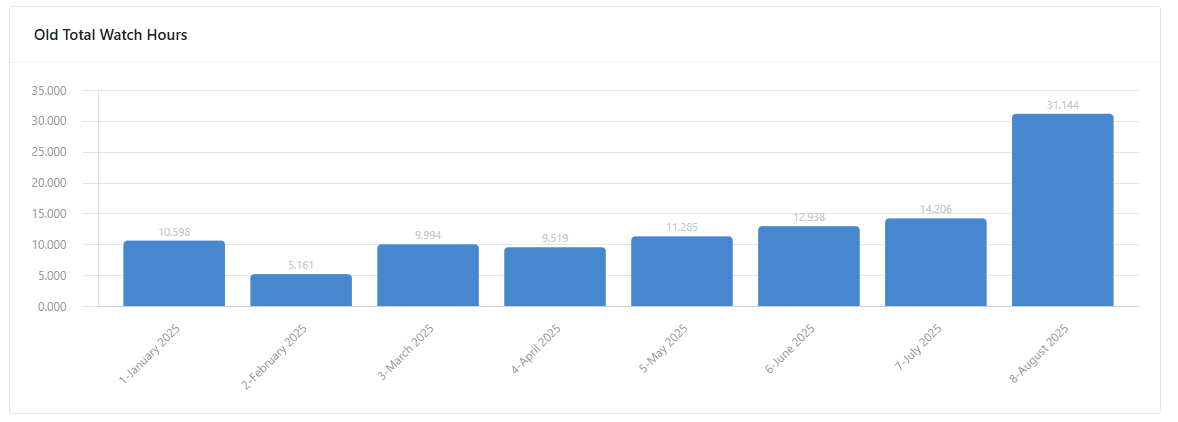
I define new videos as those published last month. Recent videos are the three months before that, and old videos are anything older. I hypothesize that a reliable path to YouTube monetization is through building a library of videos that gets watch hours every month, like a retirement investment fund paying dividends.
The Unique Type of Channel I'm Building
I'm building an algorithm-centric channel that presumes YouTube will show my videos to users who want to see them and not show videos they don't want to see.
This means I'm posting a variety of video types and topics. I want to share with you a clip from Gary V about this futuristic approach.
@garyvee Once you understand the power of “and” versus the obsession with “or” many things will click for you in life including the concept of “what kind of content should I be posting and on which platforms” this video will really unlock 🔐 a few things for some of the marketers and operators and creators/influencers in this community, and that makes me smile 😊 14h#garyvee #perspective #marketingstrategy ♬ original sound - GaryVee | +1 212 931 5731
Because the algorithm is delivering the content people want to see, you can post 5 different things and expect YouTube to deliver to each of the 5 audiences the respective video they'd be interested in watching, and not the others.
This spread of content we create across categories acts as a networking resource for connecting with new people.
Your strategy should prioritize creating content that the algorithm is likely to recommend, rather than only catering to your current fan base.
This is why my iPhone 16pro video did so well despite my never having created a technology or product review video.
This means you can create videos across niches, and as long as people want to watch them, the YouTube algorithm will show them to them.



